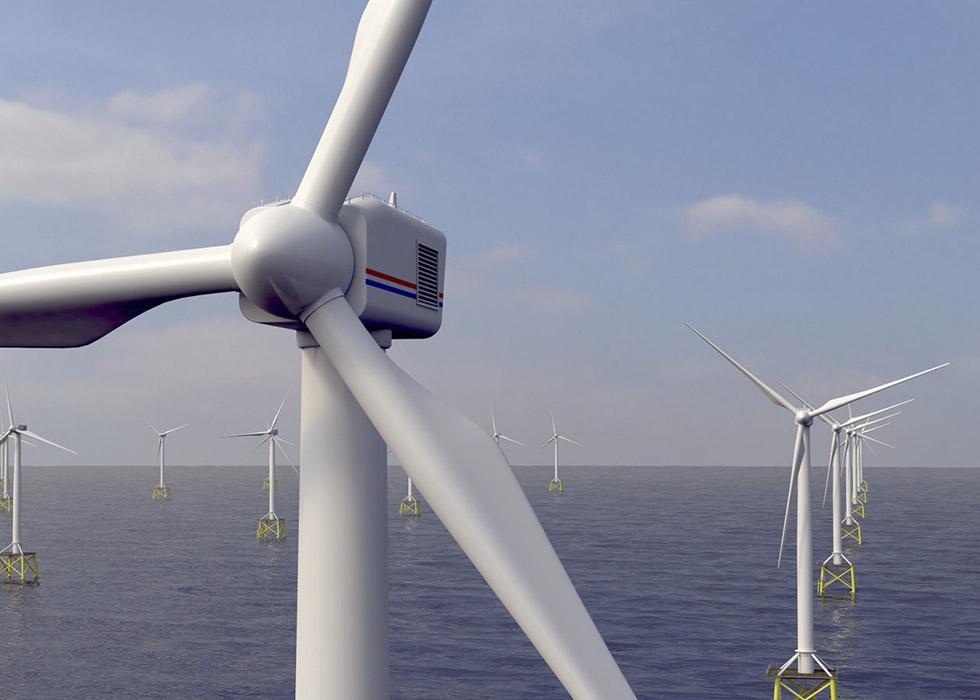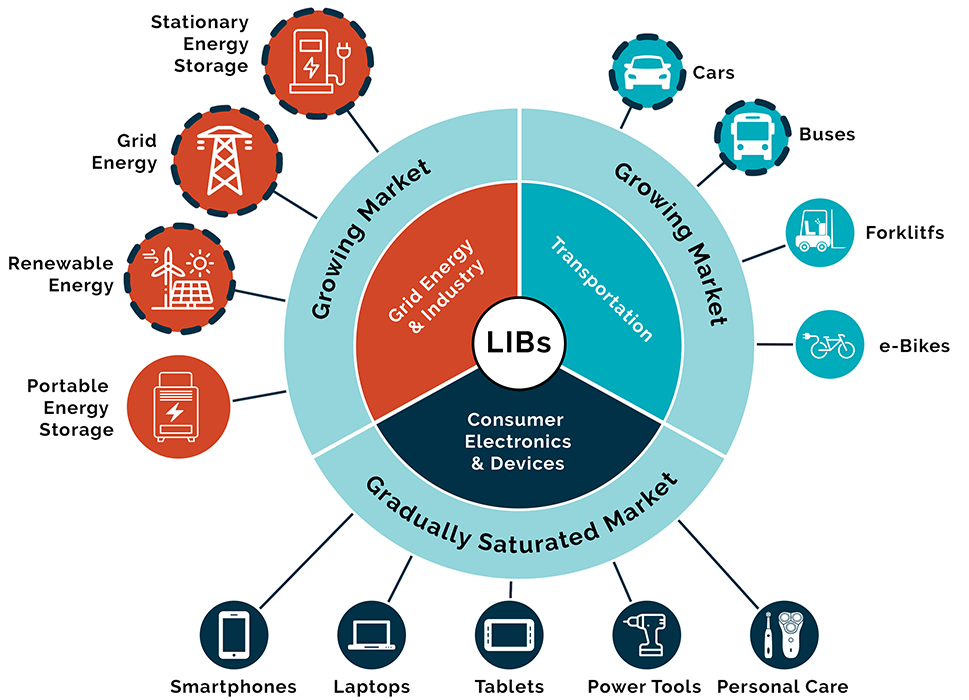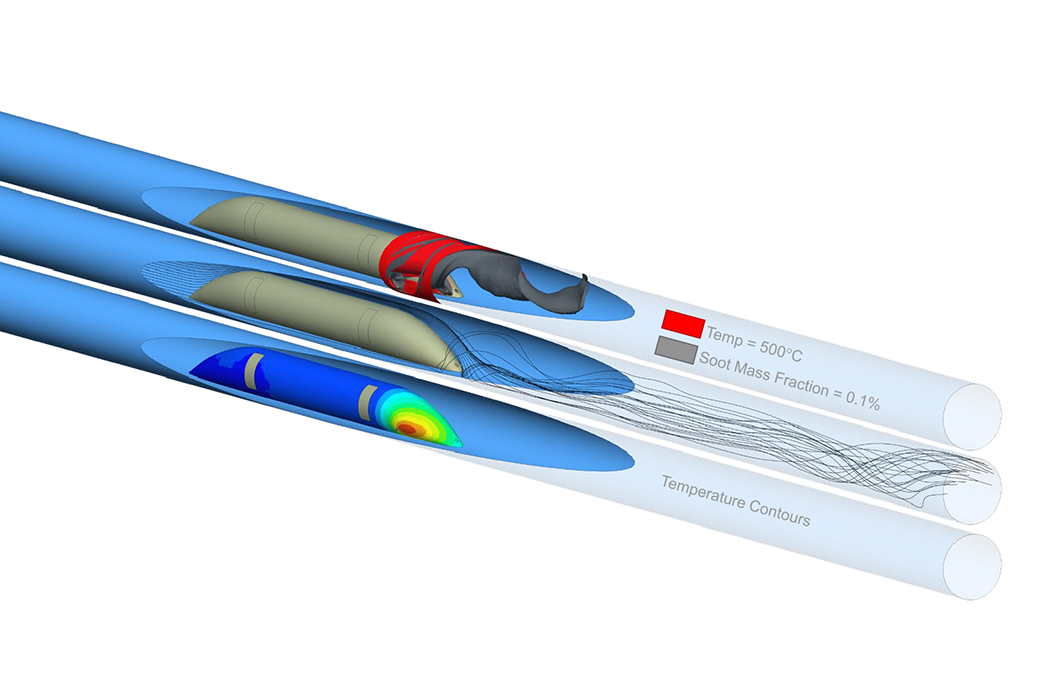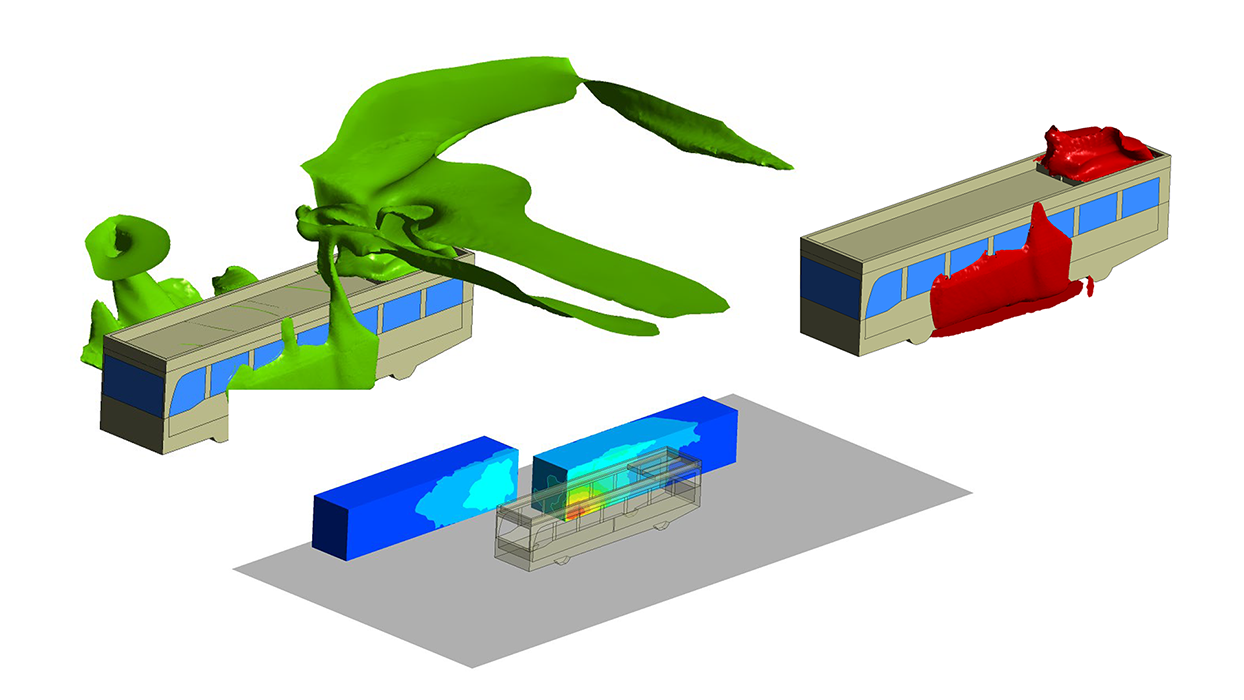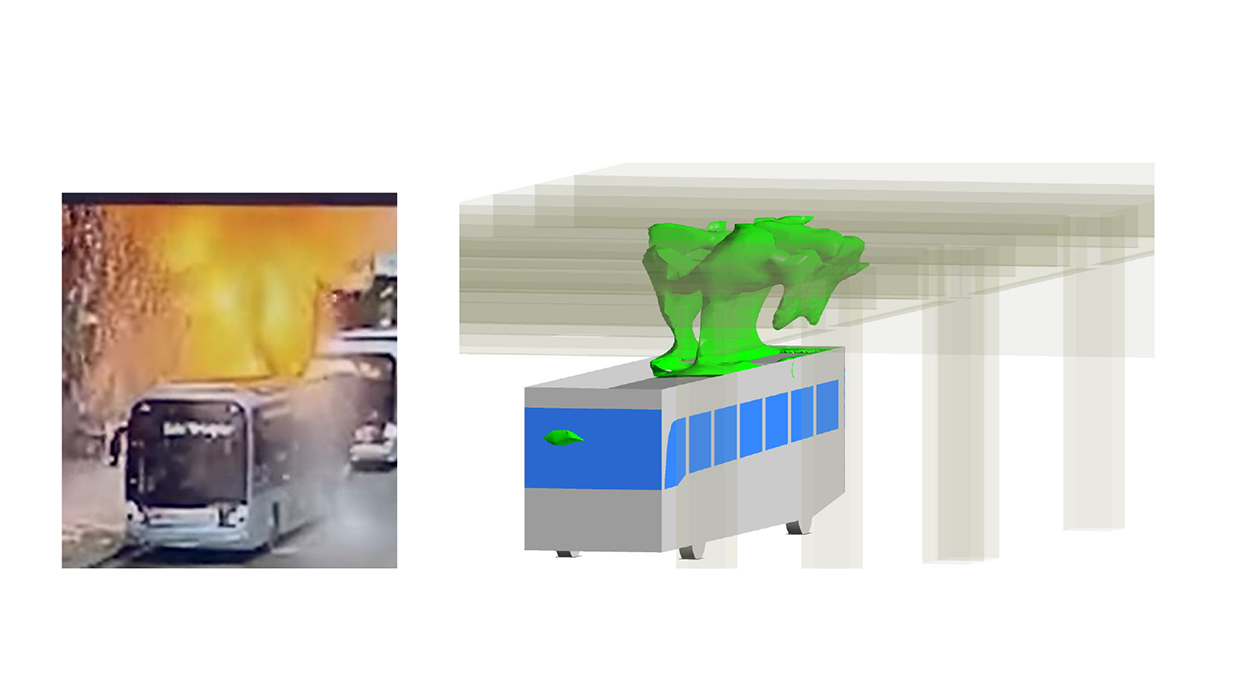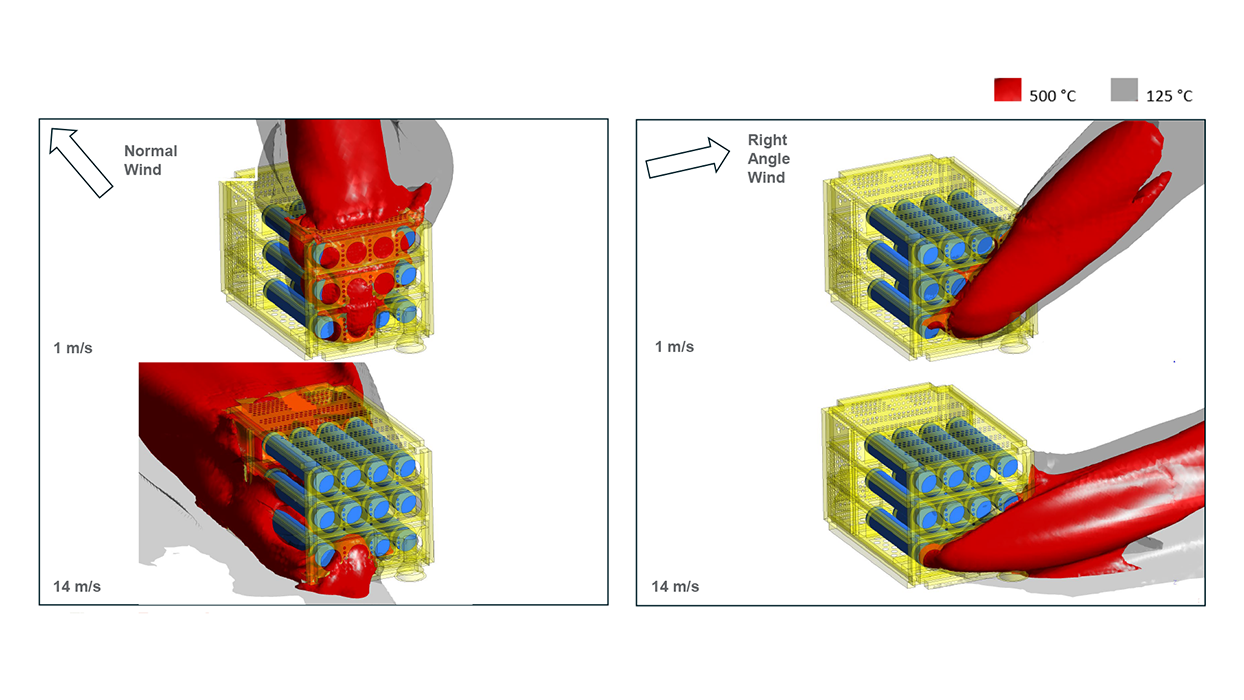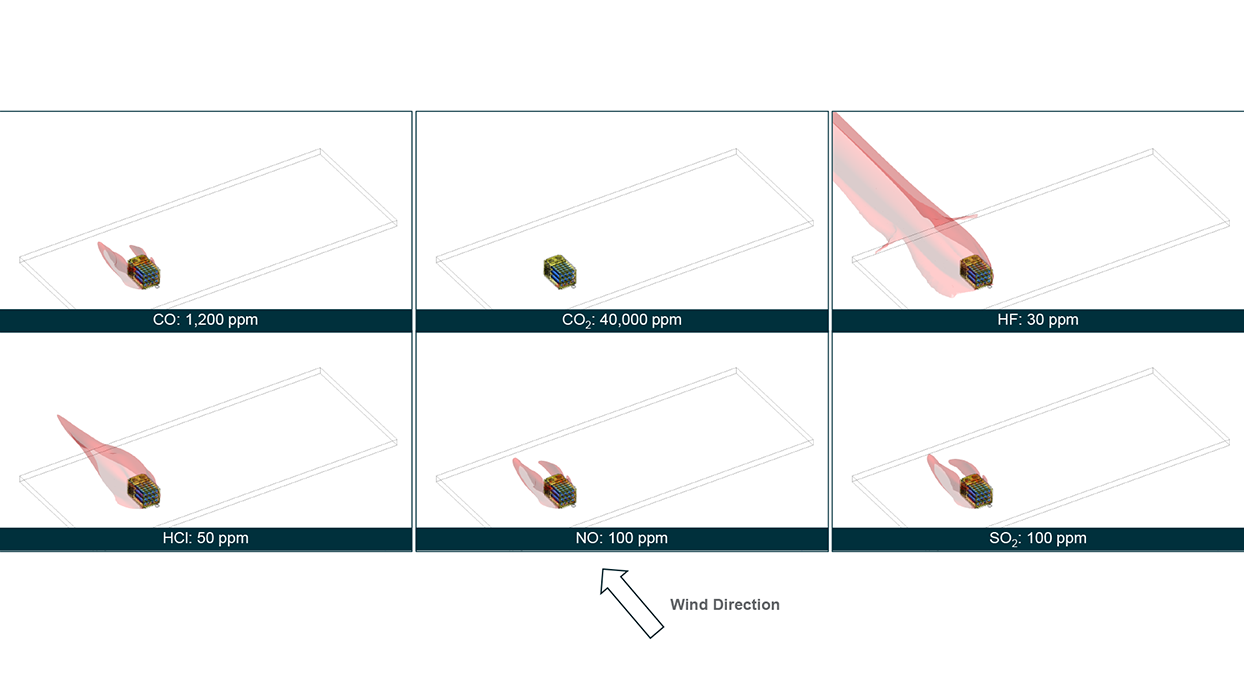News | Thought Leadership | Stories
Climate Action: Energy Supply, Renewables & Batteries


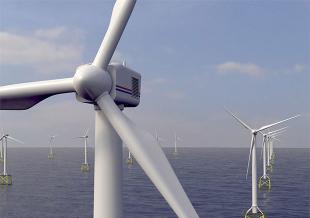
This week in our continuing series showcasing how engineers and scientists can play a key role in addressing the short- and long-term challenges of climate change, we look at emerging trends to move away from high-emission fossil fuels. Solar, wind and other types of renewable power generation capacity are expected to continue to increase, but the intermittency of these energy sources poses a challenge. Read more on how energy storage - especially through lithium-ion batteries - is crucial to balancing the future of energy supply and demand.
Renewables or renewable energy sources are key to the energy transition, not only because they reduce our dependency on finite and high-GHG-emitting sources (i.e., fossil fuels), but also because they leverage clean, naturally derived sources that replenish at a higher rate than they are consumed.
According to the International Energy Agency, renewable electricity capacity is set to rise more than 60% from 2020 levels to more than 4,800 gigawatts, which is equal to the current total output of fossil fuels and nuclear combined. Increasing our share in renewables, particularly wind and solar, is an efficient way to contribute to that transition, and Thornton Tomasetti is strongly positioned to help our clients through this process.
Wind and solar energy
Wind energy harnesses the kinetic energy of the moving air, forcing a turbine's large blades to rotate and spin the rotor and generator housed in the nacelle. Taller towers enable turbines to capture more energy and generate more electricity as the wind speed increases with height. Wind turbines can be mounted both onshore and offshore.
Solar energy converts the electromagnetic radiation from the sun into electricity. Semiconductors in photovoltaic (PV) solar cells harness sunlight and generate electrical power. Alternatively, sunlight could be reflected with mirrors and concentrated into a receiver that leverages that heat into steam and electricity (concentrating solar-thermal power or CSP).
Solar and wind energy technology does not end with electricity generation. In all cases, renewables’ biggest challenge is in the fluctuation or intermittency of energy generation (i.e., energy is generated at different times and with unpredictable intensities) and the misalignment between the generation and demand. At high-wind speed periods or during sunny hours of the day, energy surplus needs to be stored so that it can then be released during deficit times or transferred to the electrical grid. Energy storage, particularly from batteries, is strongly positioned to address both intermittency and peak energy demands.
Lithium-ion batteries
The high energy density of lithium-ion batteries (LIB) has gained attention compared to other alternative energy storage systems. Their market share is dominant in consumer electronics, and steadily growing in the electrification of transportation, grid energy and industry uses. The speed of growth and diversity of LIB applications is outpacing the development of codes and standards.
The hazard common to all lithium-ion devices is Thermal Runaway (TR), which is a self-sustaining, uncontrolled reaction that generates significant volumes of heat, toxins, smoke and flammable off-gas. Oxygen is contained in the chemistry of the LIB cathode, and this allows the TR chemistry to continue without an external oxygen supply. This point is a key factor that differentiates LIB fires from conventional fires: TR reactions are very difficult to stop, and if they are stopped, they are at risk of reigniting. Firefighting methods must transition from traditional techniques to managing the flame to also cooling the battery itself to slow down or stop the thermal runaway process.
The off-gas typically ignites straightaway, increasing the heat load often in the form of a directional jet fire that concentrates the heat on a point; however, a delayed ignition can also occur, particularly in oxygen-limited environments or, importantly, where standard firefighting methods or methods not properly assessed for a LIB fire are applied. A delayed ignition results in a gas explosion hazard (deflagration), which, in a confined space, adds a new threat to buildings and people.
Drawing on experience
Without the necessary guidance, solutions to quantifying and managing this risk have to be determined from first principles, and this lies at the heart of our collaboration with clients looking to integrate lithium-ion technology into their businesses: For 20 years we have been modelling fire scenarios and advising clients on gas, fire and explosion hazards in the oil and gas industry. Therefore, most of the technology to model the risk and mitigation measures of an LIB fire is already well understood. This has allowed us to go straight into assisting clients including the FAA/DNV, an oil and gas client and multiple government agencies and universities.
Our future
Characterizing the LIB fire continues to be a challenge owing to the wide range of TR responses. The LIB market continues to evolve quickly with manufacturers developing products to improve energy/power density and safety. However, it is likely to be another 10 years before a significant variation and the supporting industry disrupt the market. During this time, the current lithium-ion technology will continue to require support especially as more organizations look to lithium-ion to underpin initiatives to replace fossil fuels. For example, areas of notable growth include:
- Datacenters, where LIBs are substituting diesel generators for power backup.
- Parking garages, both commercial and residential, that cater to electric vehicles (cars and buses)
- Rail transport, looking to migrate from diesel generators to LIB.
- Renewable energy sites, looking to incorporate LIB storage to manage intermittency.
In each case, with different electrical storage capacities, operating environments and levels of confinement, a bespoke, layered mitigation solution is required that combines design features with early detection and suppression methods. These challenges will require different practices to come together to manage the mitigation during design and throughout the life of the asset. There is no one option available today that mitigates all the risks of a lithium-ion battery undergoing thermal runaway.
Climate change is one of the biggest challenges facing our society. And because it affects everyone, it demands our creativity, passion and collaboration to build a better, more enduring world. See how Thornton Tomasetti is one of the only firms with the expertise to help you think holistically about a range of steps to address climate change.

